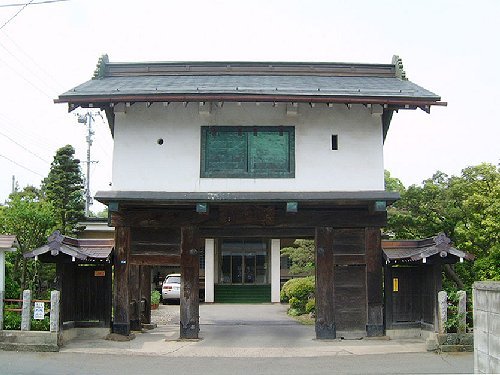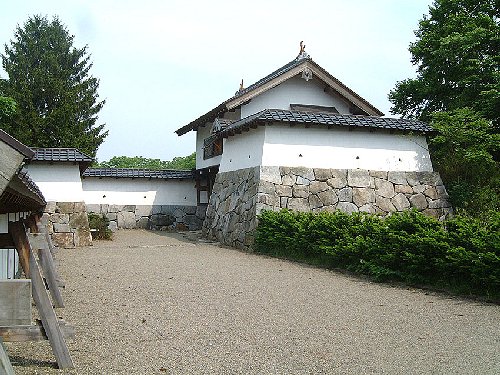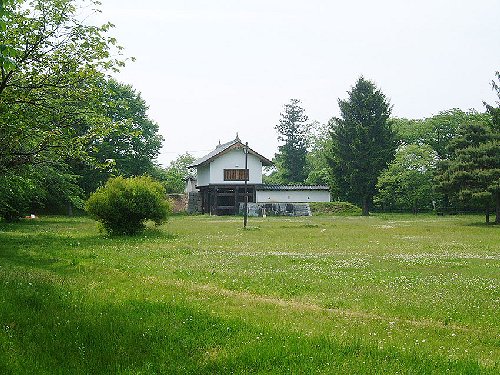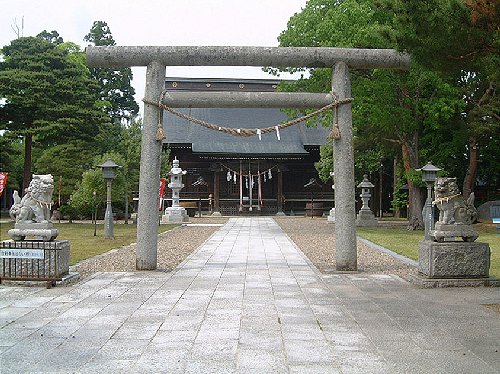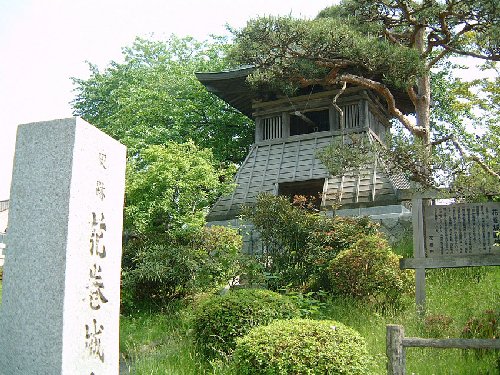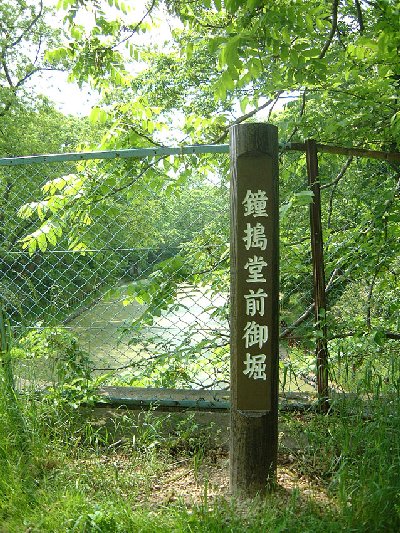place
Hanamaki City Castle
Current name
Toriyagasaki park others
Terrain and remains
A plateau formed along the Kitakami River is Hirayama Castle using a land that greatly protrudes to us. At present, the urban area is spread out, and large-scale facilities such as a city hall and a hospital are built in the castle, and houses are densely packed, and the shape of the castle is almost lost. In the past, Segawa was on the north side, the Kitakami River flowed to the northeast, and in the south, it was a cliff surrounded by the Toyosawa River and the three sides of the castle. The west side is cut by a huge moat 30 meters wide or more because of the plateau continuation, and the cliff extends to a slightly gentle southeast slope. According to the Edo period drawings, the inner frame is divided into Honmaru, Ninomaru, and Sanomaru, each of which is divided by a wide water moat, and the grounds and fences are covered around each square. Honmaru had no castle tower, Ninomaru had Gudai Yashiki, Baba, and Mikura, and Sanomaru had become a residence for the senior family members. The back gate of the castle, called Kamen Gate, is called "Enjojimon" and has been relocated from what was the base of Mr. Waga's headquarters at the Futako Castle Otomon, and is now in Torayagazaki Shrine. doing. In addition, the "time bell" in Ninomaru has been relocated in front of the city hall. Furthermore, the area around Ninomaru is maintained as Toriyagasaki Park, and the west gate of white wall is restored in 1995.
history
A new lord of the modern era, the southern part Nobunao Nambu, gave 8,000 stones to Kitahito Ai, who is a reign minister, and made it enter the castle as Toshirogasaki. At this time, Hideai changed the name "Toriyagasaki" to "Hanamaki" and started to maintain the castle town and repair the castle. After Shuai's death, his father, Shosai Nobuchika, succeeded the business, but died in 1613. The landlord, Tominao Nambu, gave 20,000 stones from the land of Waga and Hianuki to the rule of the eldest son, and made it a Hanamaki castle lord and entrusted with the security of the Sendai border. After Masanao's death, there was no gyoza, and after the Kanei (1624), he set a castle fee and continued to the Meiji Restoration.
Until the end of the Azuchi Momoyama period, Toriyagasaki was the home of Mr. Kananuki. Mr. Kananuki was a great family who was given Kananuki county in Minamoto-Yoritomo during the Kamakura period, and continued until the end of the Middle Ages. It belongs to Hanamaki City except for the present southern part, and it is said to be "Shinran 50 Fifty Township". I placed clan and vassals in each town and built castles. Originally based on the Kosegawa-kan (or Segawa-kan), it moved from place to place in the county and finally set up a castle in Togayasaki. According to historical sources, it is believed to be after Yonggang 8 years (1436).
In the time of Tensho 18 (1590), when he did not enter the battle of Hideyoshi Toyotomi's attack on Odawara in the time of Hienuki Hirota, he forfeited his residence and was exiled Ijo. However, Hirotada, who was also convicted of his possession, wrestled with his former base, Futako Castle, in response to attacking his former base, Futako Castle, and was said to have succeeded at one-time success. There is. It is said that after that, he relied on Date Masamune for Hirotada, and then moved to the area of Hiraizumi, and then to the place of the former Tomi Yazawa Mikawa Mamoru.
traffic
About 5 minutes by car from Hanamaki Station

